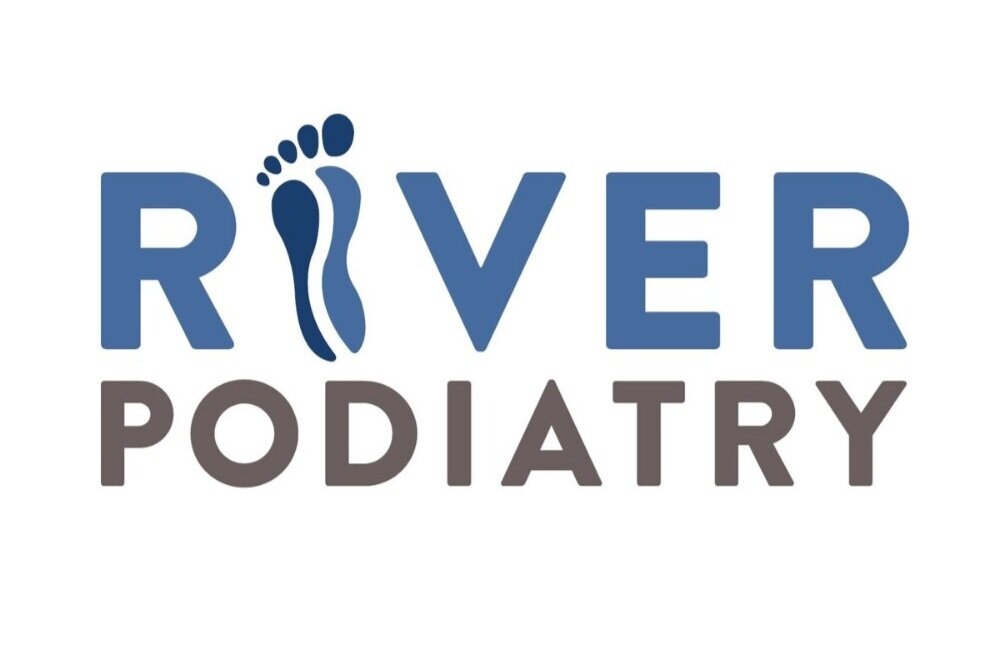EVERYTHING YOU NEED TO KNOW ABOUT BUNIONS
Although bunions are a common foot deformity, there are many misconceptions about them. Many patients I see have unnecessarily suffered the pain of bunions for years before seeking treatment. Here is everything you need to know about bunions.
Bunions, or hallux valgus, are more than just a bump on the side of your big toe. This bump is actually a sign that there have been changes in the bony framework in the front of the foot. Instead of pointing strains ahead, the big toe leans toward the second toe creating the bunion.
It is also important to note that bunions don’t just happen overnight they're a progressive disorder caused by an inherited faulty mechanical structure of the foot.
Symptoms
Pain or soreness
Inflammation and redness
A burning sensation
Possible numbness
I would recommend that a patient suffering from a bunion with these symptoms should not spend long periods of time on their feet and shouldn’t wear shoes that crowd their toes.
Diagnosis
To diagnosis a bunion I would not only do a physical exam of the foot but also take an x-ray to fully evaluate the condition. An x-ray will show me the degree of the deformity and allow me to thoroughly asses the changes that have occurred.
Once I have evaluated your bunion I will create a personalized treatment plan for you based on how rapidly your bunion is progressing, so it is suited to your needs.
Treatment
There are three types of treatments for a bunion. I like to start to from the least invasive and gradually move to surgery only if it is necessary. In my experience, some patients only need periodic evaluations and x-rays. In other cases, patients of mine have needed more of a treatment plan to help ease the pain of wither bunion, such as:
Changes in shoewear. I’d recommend choosing shoes that have a wide toe box and forgo those with pointed toes or high heels, which can cause more pain.
Padding. Placing pads over the area of the bunion can help minimize pain.
Activity modifications. I tell my patients to avoid activity that causes the bunion pain, including standing for long periods of time.
Medications like ibuprofen to help decrease inflammation and reduce pain.
Icing several times a day can help reduce inflammation.
Injection therapy. I rarely use this in bunion treatment, but corticosteroid injections help in fluid reduction in the fluid-filled sac around the joint sometimes seen with bunions.
Orthotic devices
I recommend surgery to my patients when nonsurgical treatments, like the ones listed above, fail to receive bunion pain. There are a variety of surgical options available to treat bunions. No matter the procedure they are all designed to remove the bump of bone, correct the changes in the structure of the foot, and correct any soft tissue changes that may have occurred.
If you’re suffering from any of the symptoms above and have a bump protruding from the side of your big toe you may have a bunion. If you find the pain is interfering with your daily activities please make an appointment at my office at your earliest convenience. Bunions are a progressive disorder so the earlier they are assessed and treated the better for the overall health of your foot.
For questions regarding bunion surgery, Dr. Han at River Podiatry can help answer any questions you may have. Contact us for any questions or to make an appointment.
At River Podiatry, with offices in Rockland County NY and Bergen County NJ, we provide individualized, comprehensive, evaluation and treatment of patients with podiatric issues. The practice specializes in foot surgery and the treatment of foot pain. Expect the best possible care utilizing the most modern techniques. Conveniently located in Pearl River NY and Midland Park NJ.


